HSC English Advanced Module C - Gwen Harwood - Father and Child
 23:13
23:13
Guide for Parents and Students
If you’re studying HSC English Advanced – you’ve come to the right place! At Schooling Online, we understand that HSC English can be challenging, especially because it’s a compulsory subject.
Don’t worry, we’re here to help! Our animated videos will guide you through the Advanced Module C: The Craft of Writing rubric with the help of engaging explanations and entertaining animations. We’ll develop your deep understanding of the rubric by covering its key ideas, complex vocabulary and prescribed texts.
Soon enough, you’ll improve your ability to answer unseen questions and write extended responses that stand out from the crowd. It’s easy when our videos are always at your fingertips!
Breaking Down the Advanced Module C Rubric
First, check out our unique two-part series that breaks down the Advanced Module C rubric in detail. We present the rubric to you via an action-packed journey through the ‘Mod C Galaxy’. You’ll travel to far-flung corners of the universe, meeting interesting characters who’ll offer useful advice and practical examples. Our detailed lessons give you the confidence to start generating your own ideas and experimenting with language.
Our two-part series on the rubric covers:
1. The purpose and learning outcomes of The Craft of Writing
2. Becoming an accomplished writer
3. Approaching the prescribed texts (and own wide reading) in Module C
4. The five purposes of writing in Module C (with examples!)
5. The important connection between reading and writing
6. The aesthetics of language
7. Reflecting on the process of writing
8. The purpose of writing reflections
9. Writing Stage 1 – Generating ideas
10. Writing Stage 2 – Cycles of drafting and revising
11. Writing Stage 3 – Editing your work (including spelling, punctuation, grammar and syntax)
12. The importance of knowing your purpose, audience and context
We break down the rubric, sentence by sentence, to make it easier to understand this challenging module. Since understanding the rubric is vital to your success in Module C, our two-part rubric series is your secret weapon!
Understanding Prescribed Texts
We also offer lessons that explore the prescribed texts for Advanced Module C. These videos focus on how to use these texts as ‘models and stimulus’ for your own writing. We go through each text to see how the author has balanced ideas, purpose and audience, language form and structure, and techniques. We also examine how the author has achieved one or more of the five purposes set out in the rubric. You’ll love our clear, structured explanations and ideas on how to write with more flair.
How to get the most out of our videos:
1. Before you start studying the module at school
Start your HSC year strong! Why not watch our lessons during the holidays or a few weeks before covering the module in class?
We’ll take you through the rubric step-by-step, introducing you to the key ideas and terminology. We offer you practical insight into how a critical study works. As you watch our videos for the first time, jot down notes or create a visual mind-map to refer to at school. You’ll find our definitions of key terms and exemplar paragraphs especially helpful!
2. While your class is studying the module
Watch our lessons one by one as your class covers the module. Use our lessons to enhance your understanding of the rubric before reading your prescribed text. This will help you stay on track, work through your text more efficiently, and start generating ideas for your own writing.
Once you start studying your prescribed text, watch our videos to understand its key ideas, purpose, audience, language forms and techniques. We clearly relate each prescribed text to requirements of the Advanced Module C rubric.
We want you to study the module at your own pace, so feel free to replay challenging sections and skip parts that you already understand. By viewing and reviewing our lessons on a regular basis, you’ll improve your understanding of the craft of writing. Draw on this knowledge as you embark on the stages of writing and applying newfound skills.
As you watch each lesson, write down notes that could be valuable for your schoolwork and future assessments. Remember, you can always re-watch any of our videos to help you master Module C!
3. When preparing for an assessment
Watch our videos before assessments to refine your understanding of the module. You can revise the whole rubric to clarify the purpose of the module and sharpen your vocabulary for the reflection component. Otherwise, you can re-watch specific videos on the prescribed texts to find fresh inspiration for your own writing. Maybe you could revise with some classmates and brainstorm crafty ideas for imaginative, discursive and persuasive texts. Soon enough, you will feel confident to tackle all your school assessments... and the big HSC exam itself!
Guide for Educators
Teaching the HSC English Advanced modules can be challenging, even frustrating, due to the lack of up-to-date materials. At Schooling Online, we recognise the need for practical, research-based teaching resources that target each module in the HSC English Advanced course.
Our videos support what you do in the classroom by presenting vital syllabus content in brief, engaging episodes. We also offer a Teacher Resource Pack full of professionally designed, ready-to-use resources. All of our resources are written by a qualified and experienced Secondary English teachers. The Thinking Routines in each Resource Pack are customised to each video and will facilitate conceptual engagement with the rubrics and prescribed texts.
Our fun yet focussed approach also supports students who often feel overwhelmed as they commence the HSC English Advanced course. Schooling Online acknowledges the heightened wellbeing needs of Stage 6 students. Our videos are another tool you can use to support your students in their coursework and assessment preparation.
Our videos create opportunities for active learning in a classroom environment. We take the hard work out of learning by explaining concepts in a clear, structured and engaging way. This effective approach caters to a broad range of learners. Students that struggle with analysing texts and writing their own will gain confidence and new skills, while higher-level students can consolidate their understanding and excel.
We encourage you to integrate our videos and resources into your teaching plan. Our videos are based on the NESA Stage 6 Syllabus requirements for English Advanced, English Standard and English Studies. Sign up your school with Schooling Online today and take advantage of our full suite of lessons and customised teaching resources.
Breaking Down Advanced Module C
Over two lessons, we unpack every element of the Advanced Module C rubric. We know that students struggle to absorb this complex rubric the first (and even second) time around, so we’ve extracted the key points for them.
Over two lessons we’ll cover:
1. The purpose and learning outcomes of The Craft of Writing
2. Becoming an accomplished writer
3. Approaching the prescribed texts (and own wide reading) in Module C
4. The five purposes of writing in Module C (with examples!)
5. The important connection between reading and writing
6. The aesthetics of language
7. Reflecting on the process of writing
8. The purpose of writing reflections
9. Writing Stage 1 – Generating ideas
10. Writing Stage 2 – Cycles of drafting and revising
11. Writing Stage 3 – Editing your work (including spelling, punctuation, grammar and syntax)
12. The importance of knowing your purpose, audience and context
Composing original, extended pieces and then reflecting on them is often a daunting experience for students. To help counteract this, we have presented the Module C rubric as an action-packed sci-fi adventure. Using this unique and engaging narrative style, we guide students through each aspect of the rubric. We’ve made sure to offer useful examples and easy explanations as we go. Our aim is to give students a strong working knowledge of the rubric so they can approach the craft of writing with confidence. We’ve also demonstrated the idea of ‘world-building’ in our videos to encourage students to express their creativity!
Understanding Prescribed Texts
We also offer lessons that explore the prescribed texts for the module. These videos adhere to the syllabus, which encourages students to approach these texts as ‘models and stimulus for the development of their own complex ideas and written expression’ (NSW Educations Standards Authority, HSC English Prescriptions 2019-2023). Hence, we have structured our analysis around the ideas, purpose and audience, language forms and structures, and techniques of these texts. As we move through the text, we highlight moments of creative and conceptual significance with a ‘Try this!’ signpost. That way, students can continue to build a list of ideas and language structures to experiment with.
How to get the most out of our videos:
1. Introducing students to the module
Students may be daunted when they first read the rubric and realise how demanding The Craft of Writing is. Why not give your students an overview of the rubric and key ideas by showing our videos in class?
The videos explain each element of the rubric in detail and demonstrate its application through practical examples. For example, in Lesson 1, we offer examples of how writers achieve the five purposes named in the rubric (to express insights, evoke emotion, describe the wonder of the natural world, shape a perspective or to share an aesthetic vision). To support this, we discuss extracts from ‘Eight Days in a Corset’, ‘Father and Child’, ‘Thirteen Ways of Looking at a Blackbird’, Spotty-Handed Villainesses’, and ‘What Time Is It Now, Where You Are?’. In Lesson 2, we discuss the meaning of ‘aesthetics of language’ using an example from ‘The Lady of Shallot’.
We don’t assume that students remember all the metalanguage in English. That’s a lot to remember! We define all the techniques and important terms we use in our lessons, so students don’t feel lost or too embarrassed to ask, ‘what does that mean?’ We clarify metalanguage as we go so your students can focus their energy on more challenging concepts.
Our videos also give you full flexibility. You can introduce students to the module by watching our breakdown of the rubric in class. This will pique students’ interest and establish the overarching goals for the module. Students can also watch the videos for homework to consolidate their understanding. It’s so easy when our videos are a click away!
2. Supporting students as they study a text
At Schooling Online, we want your students to become confident, independent learners and thinkers. That’s why our videos model and teach analytical skills in addition to explaining concepts. We recognise the need for students to develop an awareness of themselves as capable learners. This is why we offer useful resources that support students in their studies.
Every video is appropriate for watching in class or as an extra resource for students to use at home. We explain the value of self-reflection as a way to take control of their own learning and develop independent thinking. We also encourage students to develop their own ideas and engage in robust discussion. In Lesson 2, we offer ideas to help open discussion about how to use their prescribed texts as inspiration for further composition.
Turn your classroom into an interactive environment by incorporating our customised teaching resources. They will rise to the challenge of higher-order thinking, collaboration, creativity and self-reflection.
Alternatively, the class could watch each video in short segments. Pause the video at the beginning or end of each key section and open a small group discussion. For example, after viewing ‘Maga Alphalib’s’ explanation of the link between reading and writing in Lesson 1, ask students to do a quick brainstorm in pairs or groups. Each small group discusses any books, poems, nonfiction texts they have enjoyed reading and why. What were the aspects of those texts that made them enjoyable? How can we emulate that in our own writing? This can form the basis of a robust discussion and exchange of ideas among the entire class.
3. Use our videos for internal and external assessment preparation
Do your students stress out when you remind them of an upcoming assessment? Make the task more enjoyable by using our videos! Play our videos when revising over content in class. You may also assign videos for students to review at home in preparation for an assessment, especially in the lead-up to trial or HSC exams.
Our lesson content could also be used as stimulus for imaginative or discursive responses. The style of narration in our videos, which includes puns, quips, rhetorical questions and colloquial language, is a good example of discursive writing! In addition to studying the content of our videos, your students could also analyse how we make our videos more engaging through discursive devices.
As mentioned above, our videos also encourage self-reflection. You could set short, reflective writing tasks after viewing our videos. Students will find it useful to practise reflective writing and chronicle their personal journey towards deeper understanding of themselves as writers. They may also wish to reflect on how their ideas and language use have developed by studying English Advanced Module C.
As trial or HSC exams approach, feel free to use our videos as resources for the following sample activities:
• Discuss the videos that break down the rubric to prepare students for questions in Paper 2
• Discuss the videos on the prescribed texts to revise ideas, purpose and audience, language forms and techniques
• Compose imaginative, discursive or persuasive responses that build on ideas presented in any of our videos
Over two videos, we unpack each element of the Advanced Module C: The Craft of Writing.
We offer useful examples of the language techniques listed in the rubric so you can start experimenting on your own. We also delve into the stages of writing so you can map your path to becoming an accomplished writer.
HSC English Advanced Module C - Gwen Harwood - Father and Child
Spark your imagination with Gwen Harwood’s diptych poem ‘Father and Child’! In this lesson, we break down Harwood’s ideas, purpose, structure and language techniques in her poem using clear examples. To keep things organised, we’ve analysed both parts of ‘Father and Child’ (‘Barn Owl’ and ‘Nightfall’) using our signature Pyramid Model - something you can use when planning your own writing! Give your Module C writing the creative edge through our signposted explanation of Harwood’s key techniques, including the diptych form, juxtaposition, motif, seasonal imagery, and allusion. You’ve got this!
This lesson addresses the NESA Stage 6 English Advanced Syllabus and the Australian Senior Secondary Curriculum.



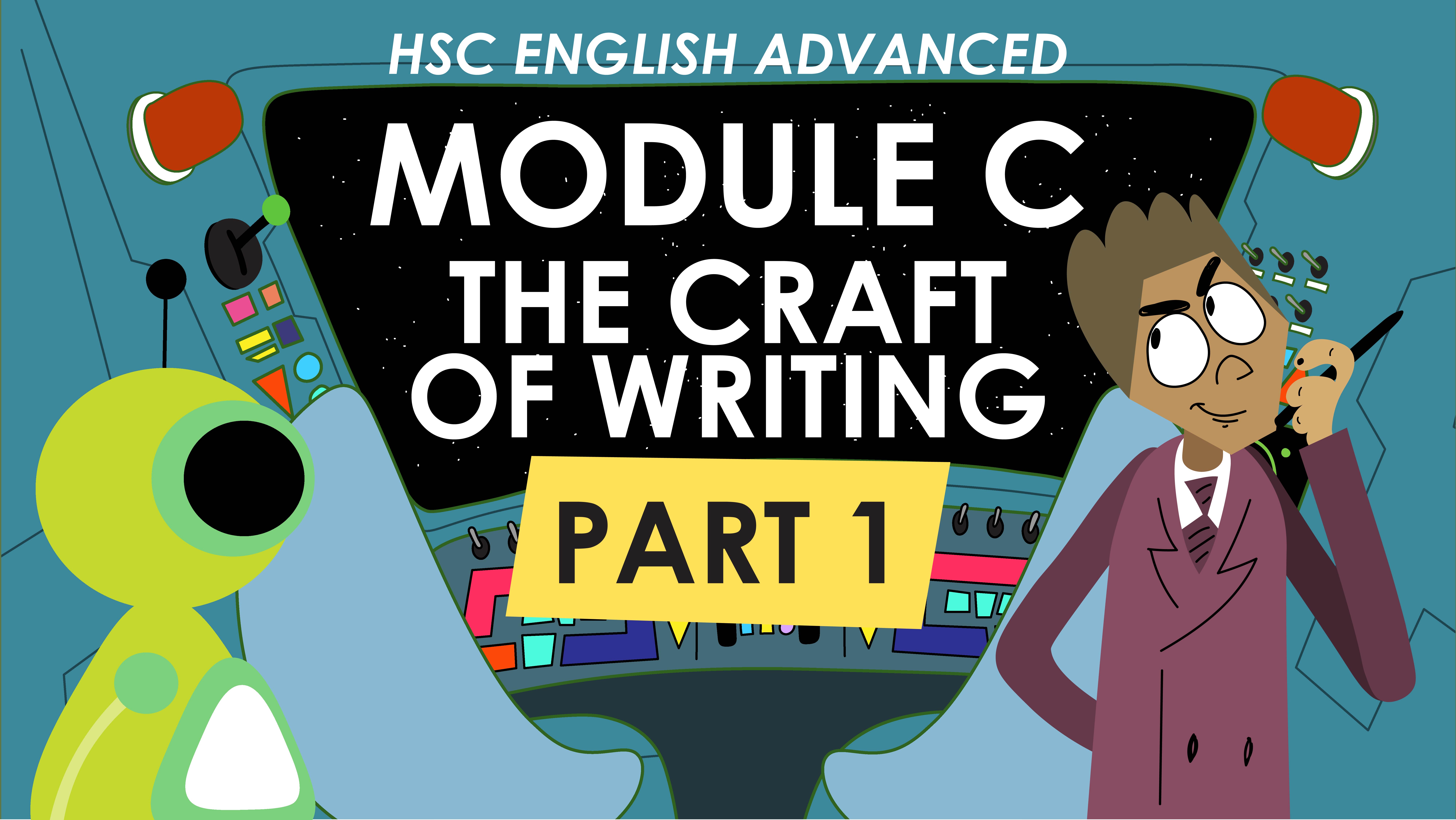
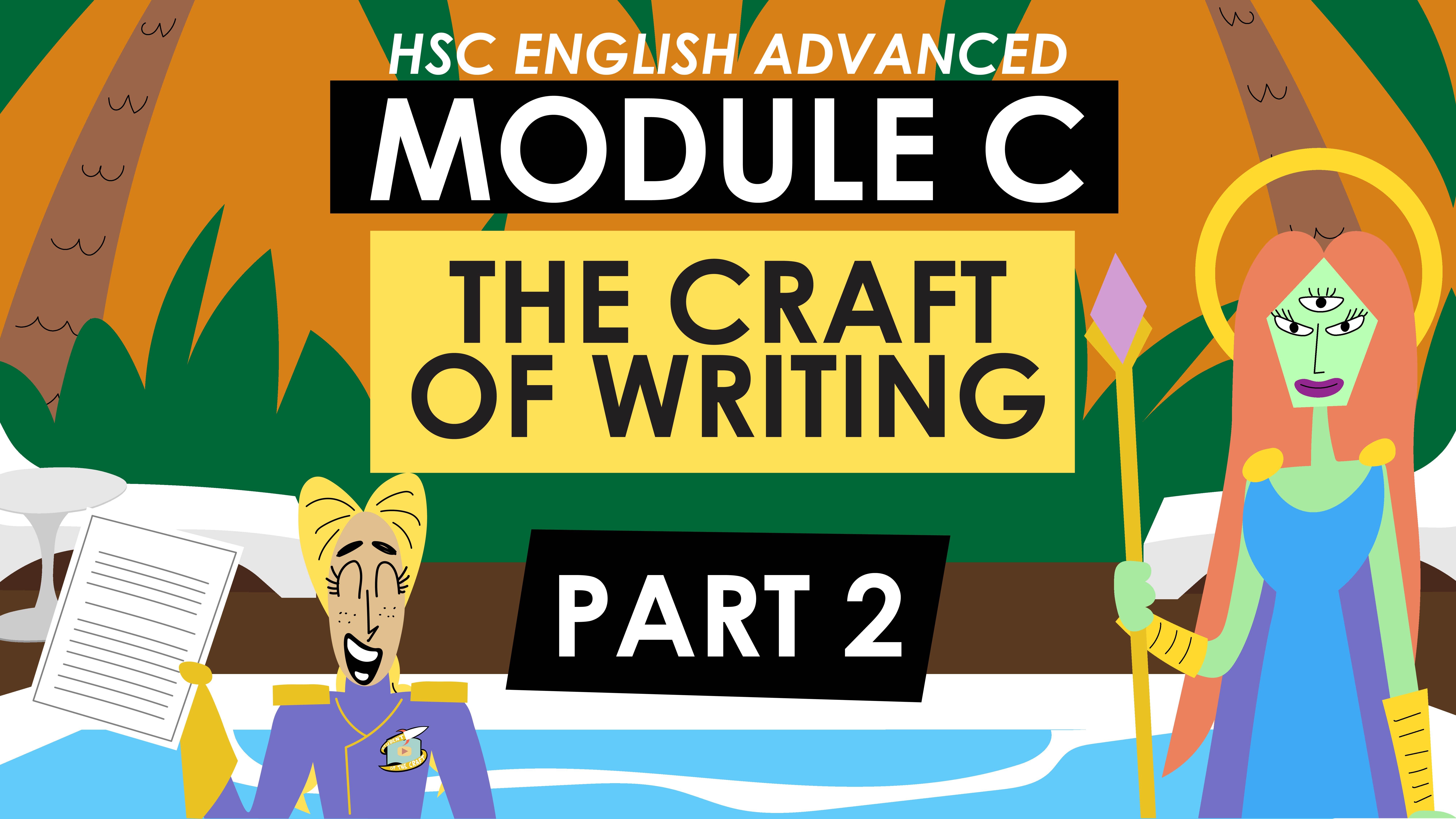
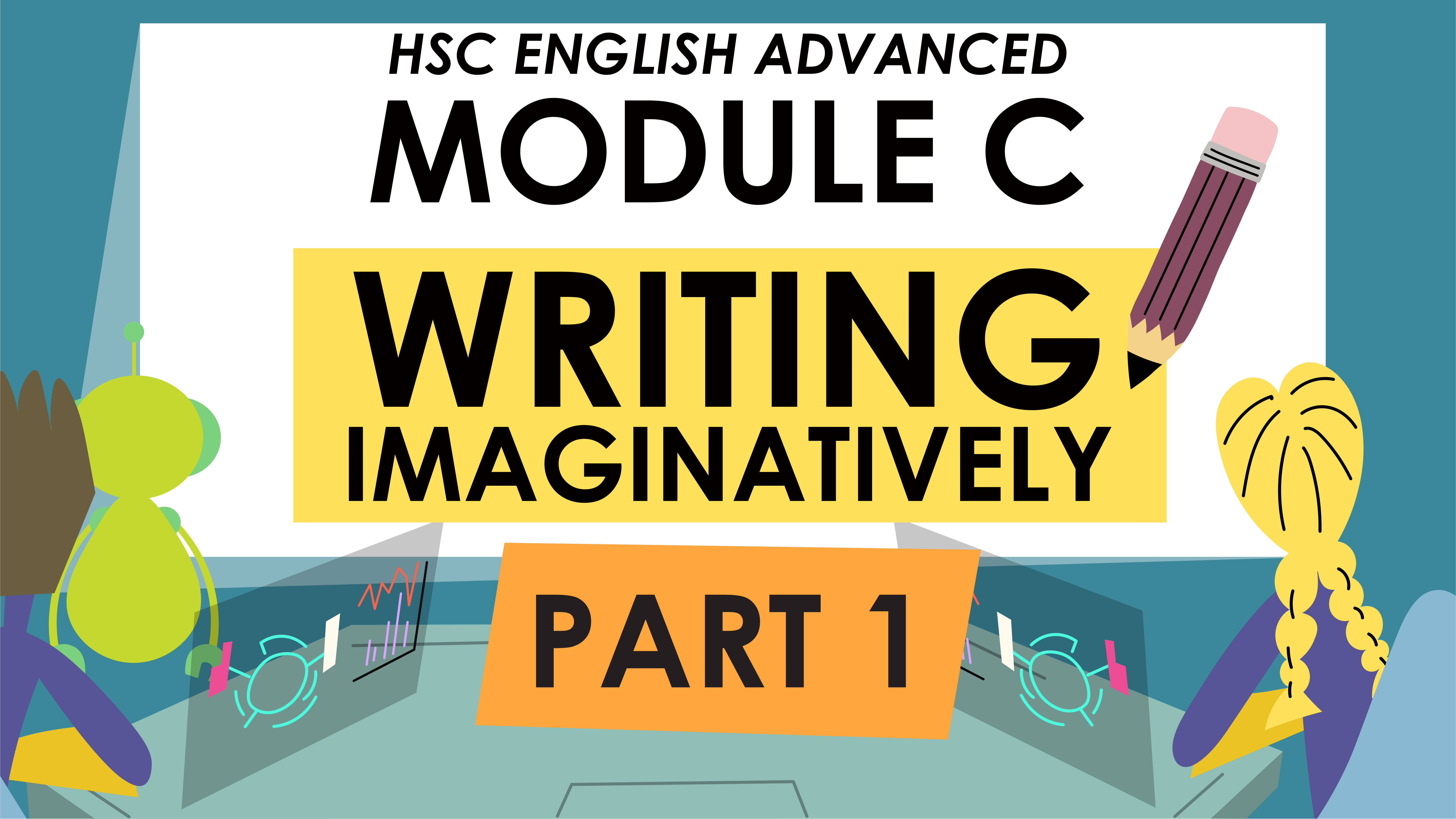
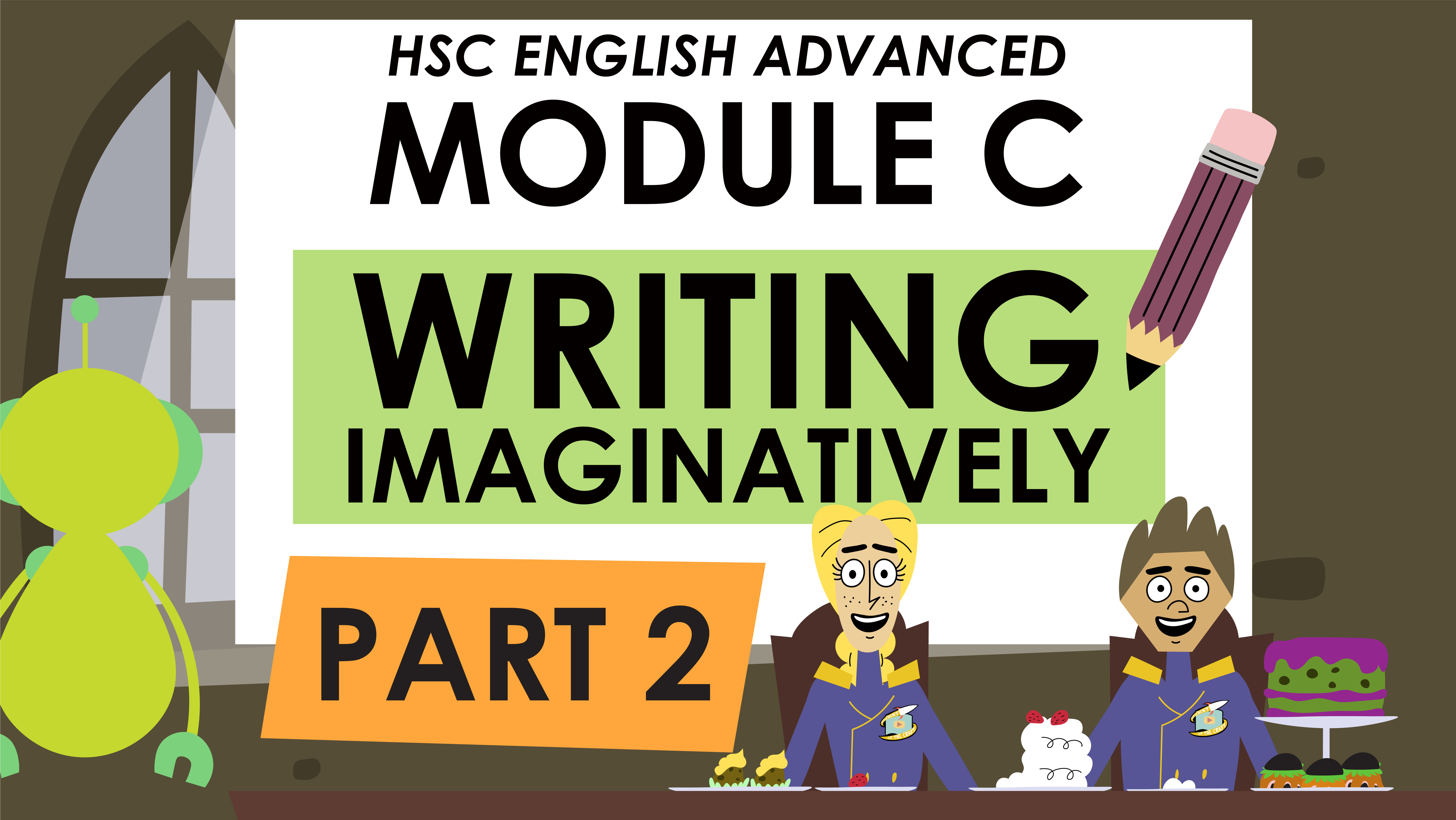
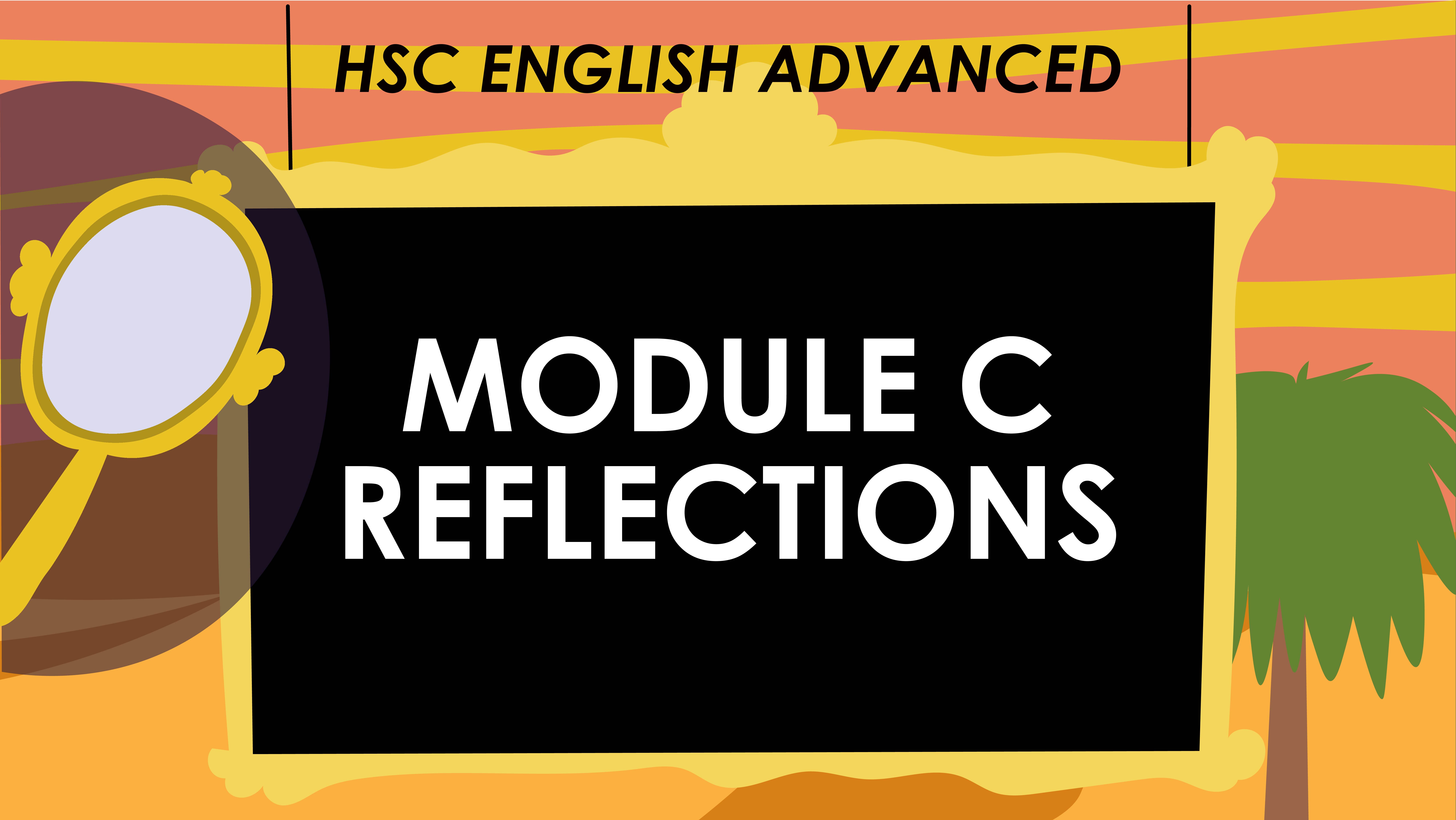
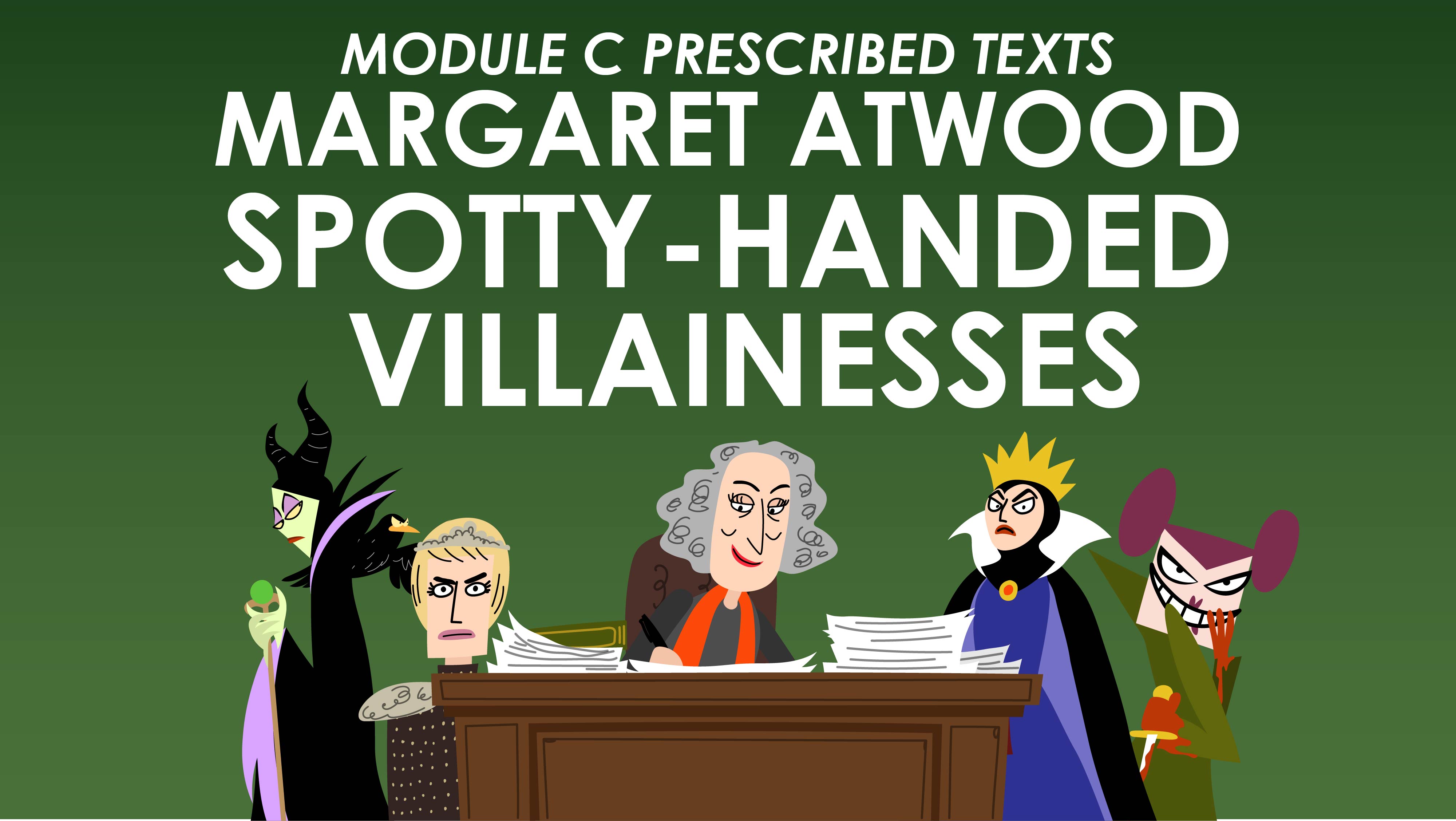
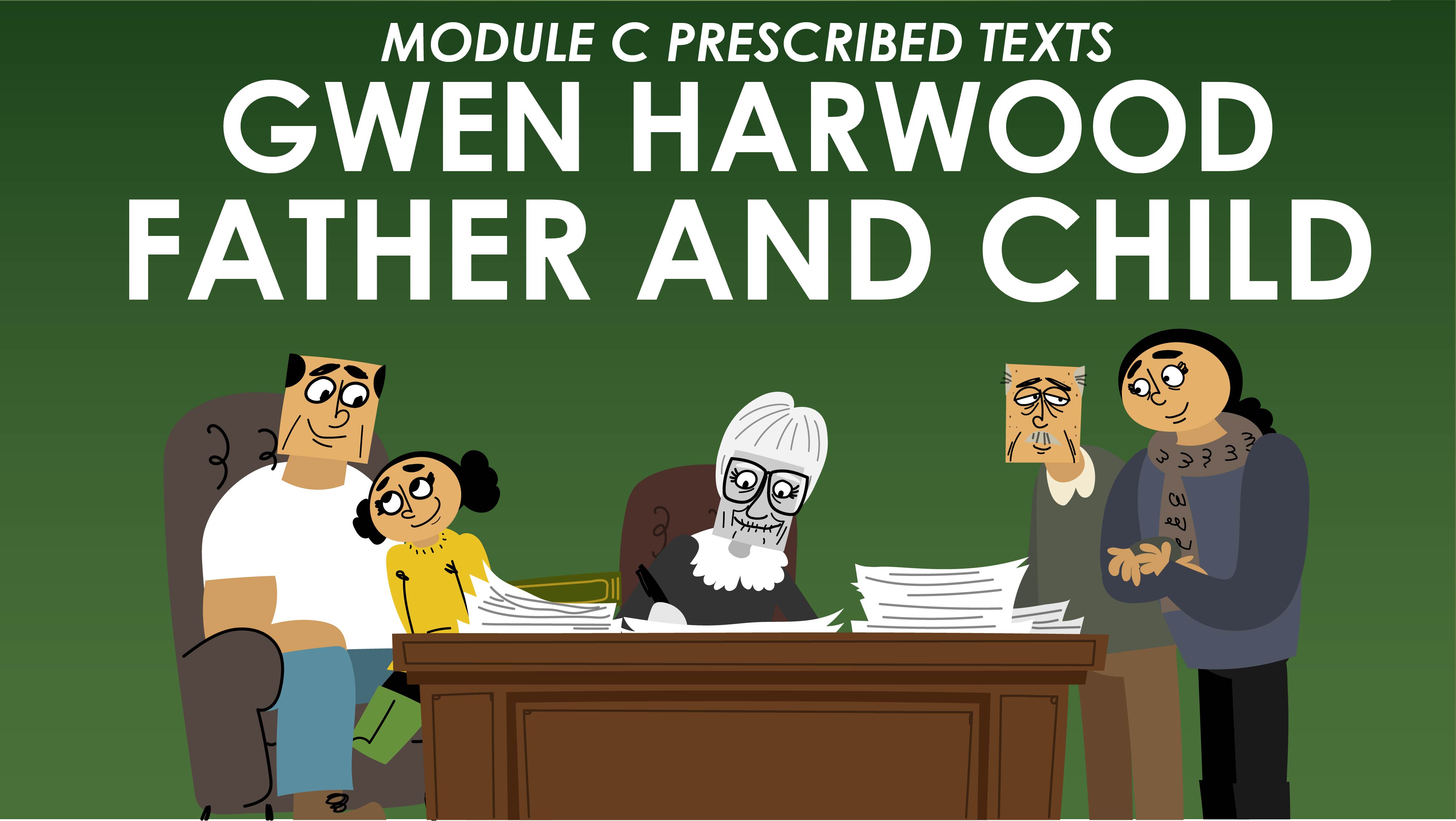
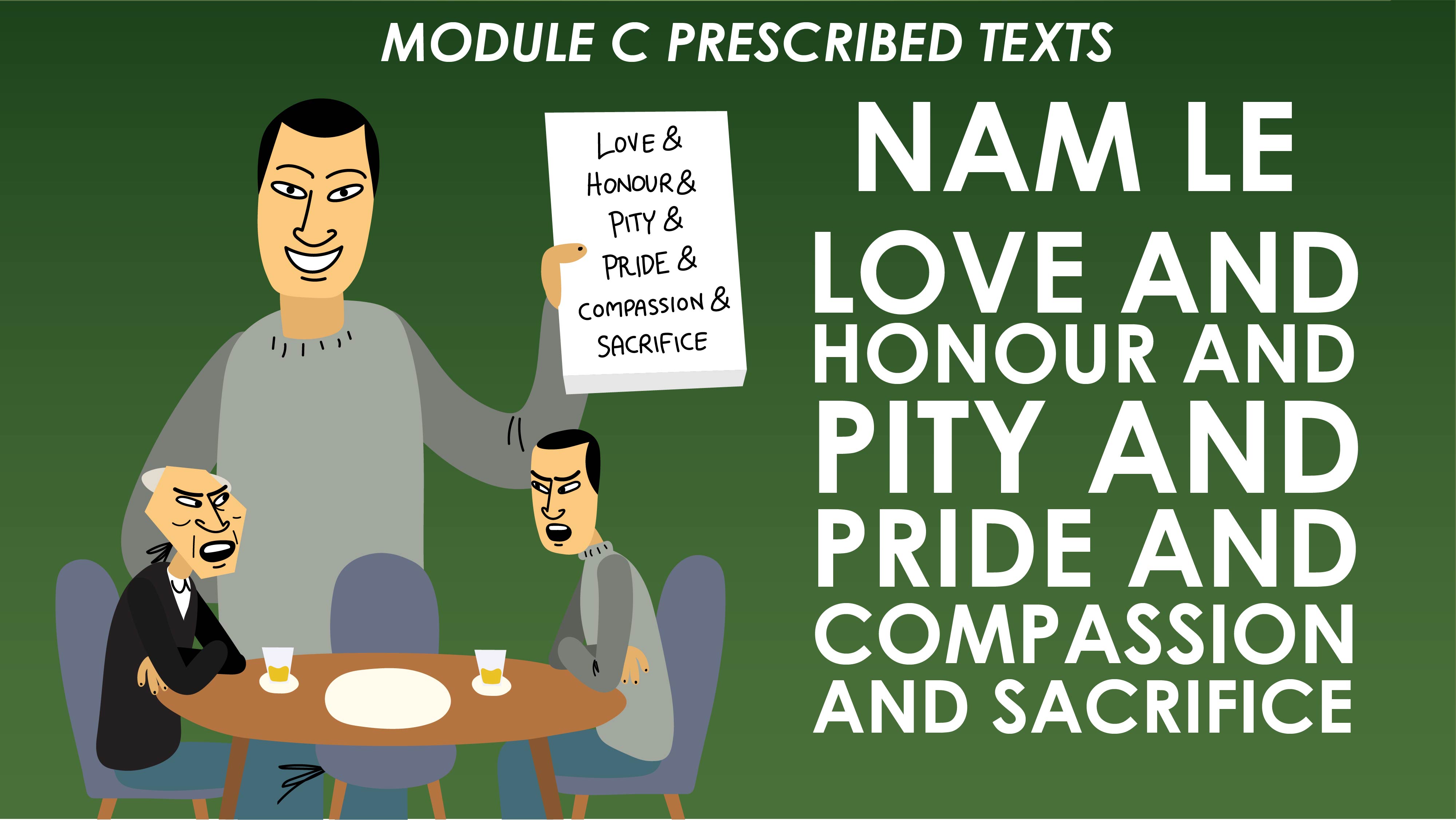
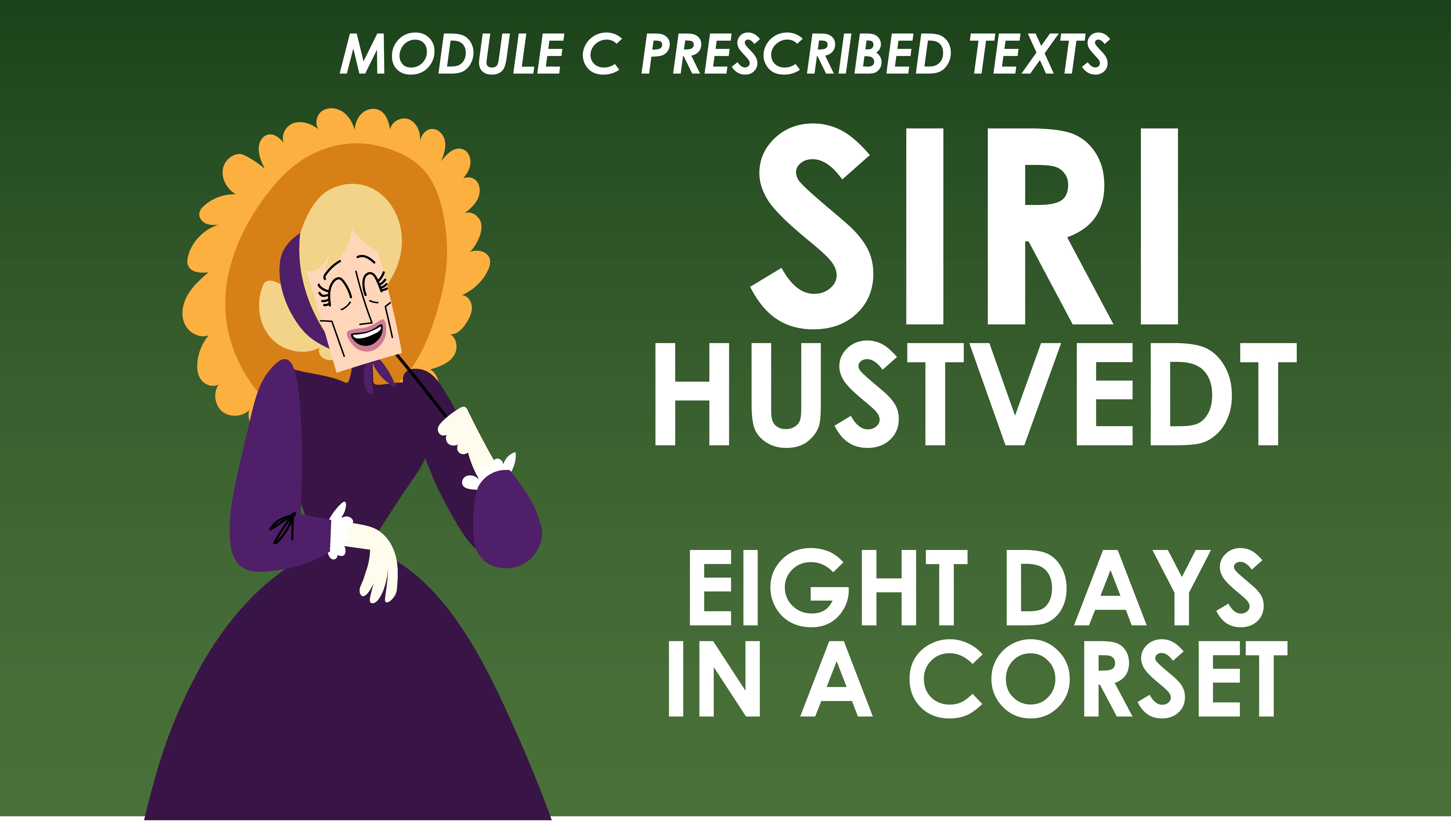
Share